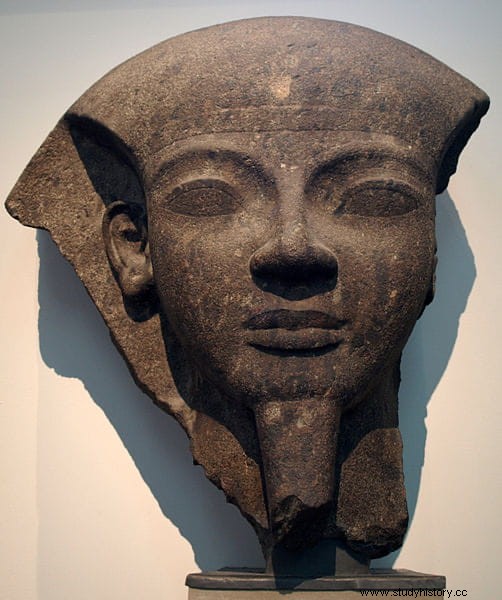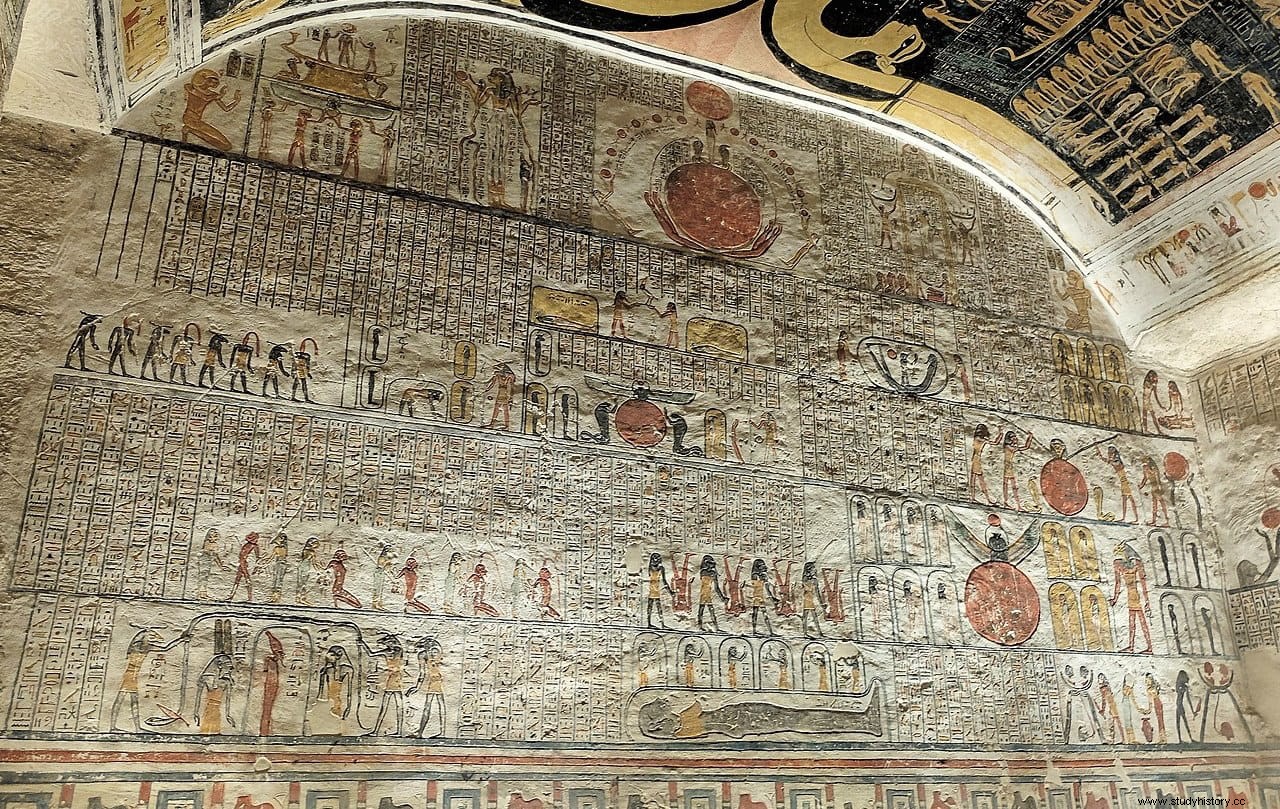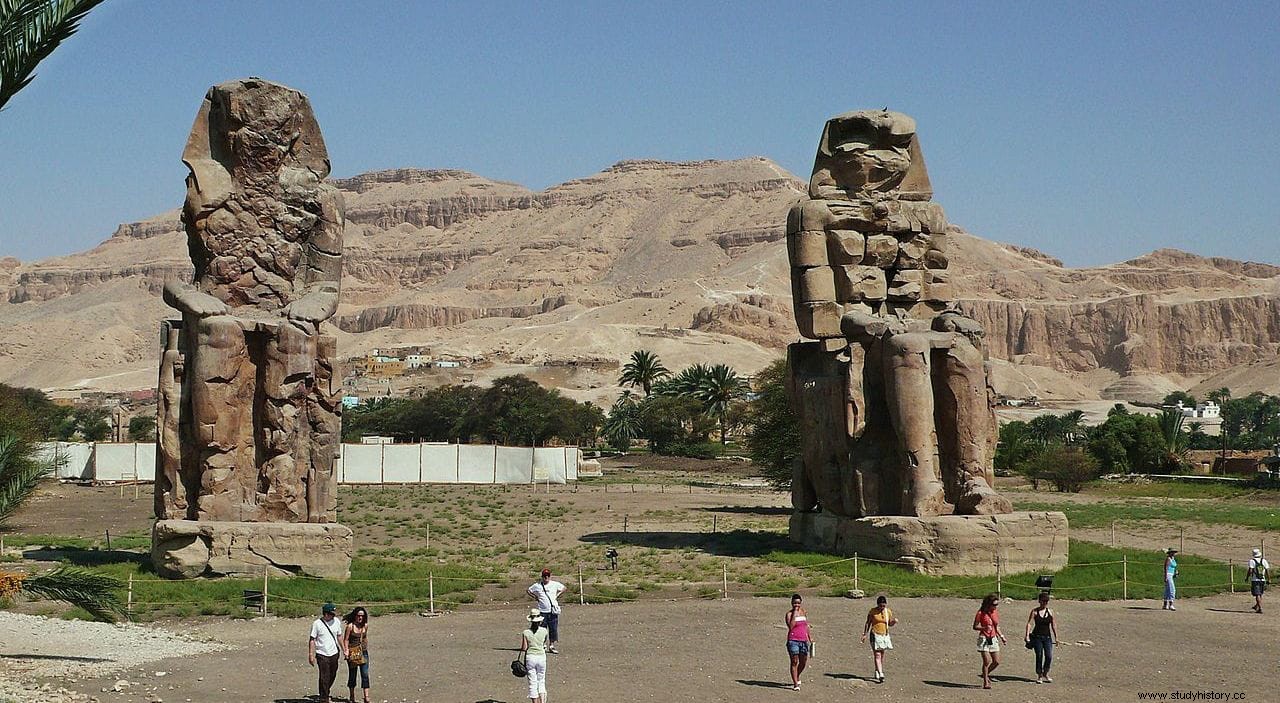The ugly habit of leaving graffiti and incised inscriptions on historical monuments is not only not new but also historical and, paradoxically, can provide interesting information. The bad thing is when tourists leave them tarnishing ancient works. Now, and the travelers are also from another era?
There are well-known cases of inscriptions that already form an indivisible part of the very site where they were made, such as those found in Pompeii, with insults and obscenities preserved thanks to the ashes accumulated by the eruption of Vesuvius; or those made by a Viking inside the Maes Howe burial mound (Orkney Islands, Scotland) when he was sheltering from a storm; or those made by prisoners in the Torre del Homenaje of the Alhambra between the 18th and 19th centuries. But in 2017 some amazing graffiti was discovered that are around four thousand years old and that, in effect, are attributed to tourists of yesteryear.
These are the ones found in Egypt, in the famous Valley of the Kings, that desert area where hypogea of ancient royalty accumulate and which constitutes one of the most important focuses of attraction for visitors because there is the famous tomb of Tutankhamun, among many. The case that concerns us is the tomb of a later pharaoh, Ramses VI, although it seems that it is not the only one with improvised inscriptions and they have been recorded in at least a dozen more of the total of sixty that are in the valley.

Nebmaatra-Meriamón Ramsés-Amonhirjopshef-Necherheqaiunu, which was the full name of that character, was the fifth of the XX dynasty, reigning between 1143 and 1136 BC. after usurping the throne from his nephew Ramses V. By then the once powerful Egyptian Empire was in open decline and only the figure of Ramses III stands out a little due to his military victory, rejecting the invasion of the so-called Peoples of the Sea .
The tomb of Ramses VI, identified with the code KV9 and which in reality was also taken from his predecessor, is right next to Tutankhamun's; but unlike this one it was looted by thieves, so that in its interior no more wealth has been found than the architectural and decorative one. What nobody expected was to find a surprise like the one with the graffiti , merit of the team from the Institute of Mediterranean Archeology of the University of Warsaw that works there.
Although strictly speaking they constitute an example of historical vandalism, the truth is that they do not lack a certain value to better understand the past and to know what the travelers of that time thought about the places they visited and the characters buried in them. The KV9 hypogeum was chosen for further study due to the number and variety of inscriptions found on its walls:close to a thousand, no less, which is not bad for a tomb that is around a hundred meters long.
With such a number it is easy to imagine that there is everything, from inconsequential messages such as "so-and-so was here" to more elaborate testimonies. "I visited and I didn't like the sarcophagus at all" says one; “I admired” laconically declares another; "I can't read the hieroglyphs" laments a third. There are even poems. And, as Adam Lukaszewicz, director of the excavations, explains, “the Valley of the Kings was already a tourist destination in ancient times” .

The highest proportion of graffiti travelers corresponds, as one can imagine, to the Hellenistic period, since in that chronological segment Egypt was first occupied by Alexander the Great, whose general Ptolemy would found a pharaonic dynasty, and later by Rome, which turned the country of the Nile into its granary, until the 4th century. For that reason, most of the messages found are in Greek and, less frequently, in Latin. The authors had a certain status, since some left a record of their name, origin and profession.
Thus, we know that among the signatories there were military prefects, governors, philosophers (cynics and platonists) and doctors. There are even some known names, such as that of the Sassanian prince Chosroes in the 4th century AD. or Amr ibn al-As, the Arab who conquered Egypt in the 6th century AD. after the Roman collapse; the latter, moreover, was not satisfied with a small inscription and left very large letters, twenty-five centimeters. Later, already in the Middle Ages, testimonies of crusaders appear.
According to the researchers, the chronicles tell us that the practice of visiting monuments and leaving a review became common in the following centuries and the guides themselves offered their knives to travelers as a writing tool, although in other cases the writings were not incised but with red paint. Often even special corners were sought to write, such as the inside of the solar disks, where the words stood out more, and it is surprising to see some several meters high or on the ceiling. Archaeologists explain this because the sand filled the tomb, making it easier for people to get so high.

The funniest thing, as happens today in the classic doors of public services, is to see how some graffiti were answered by later travellers, such as one in which the author left the saying "I can't read this writing" and someone put under “Why do you care if you can't read hieroglyphics? I don't understand your concern»
Why does the tomb of Ramses VI accumulate so many graffiti ? As Lukaszewicz explains, everything derives from a very common mistake:the confusion of this pharaoh with the legendary hero Memnon. This was the king of Ethiopia and the nephew of Priam, ruler of Troy, so he collaborated in the defense of the city against the Greeks until he died at the hands of Achilles. According to the myth, his corpse was picked up by the four winds, which are the ones that whistle through the cracks of the two giant statues that stand near Memphis and are known as the Colossi of Memnon.
